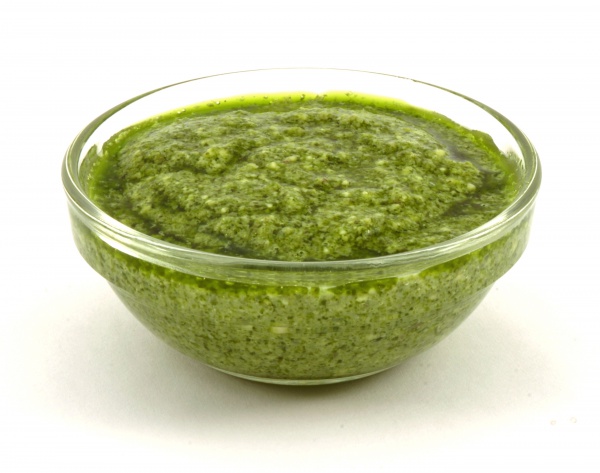Facts About Pesto
Pesto, or pesto alla genovese, is a delectable sauce originating from Genoa, Italy. It is traditionally crafted from a blend of crushed garlic, pine nuts, fresh basil, hard cheese, and olive oil. The term "pesto" is derived from the Genoese word "pestâ" which means "to pound" or "to crush" reflecting the traditional method of preparation using a mortar and pestle. While the term "pesto" can refer to any pounded mixture, pesto alla genovese is the most renowned and cherished version globally.
Pesto boasts a rich history that dates back to ancient Roman times, with early precursors such as moretum and agliata. The modern pesto, as we know it today, featuring basil, was first documented in the mid-19th century. Over time, the recipe has evolved, giving rise to new variations. Pesto gained significant popularity in North America during the 1980s and 1990s.
Traditionally, making pesto involves pounding garlic, pine nuts, basil, salt, cheese, and olive oil in a mortar. It is commonly used to dress pasta and is often served with potatoes and green beans. Numerous regional and contemporary twists on the classic recipe exist, such as pistou from Provence and pesto alla siciliana. For those following a vegan diet, ingredients like miso paste and nutritional yeast can serve as substitutes.
Non-traditional versions of pesto might replace pine nuts with walnuts, pecans, or other nuts and sometimes include additional ingredients like black pepper or avocado. Some commercial pesto products might even incorporate fillers such as potato flakes. Despite these variations, the essence of pesto remains the same: a delightful blend of flavorful leaves, nuts, cheese, oil, garlic, and salt.

 Vatican
Vatican